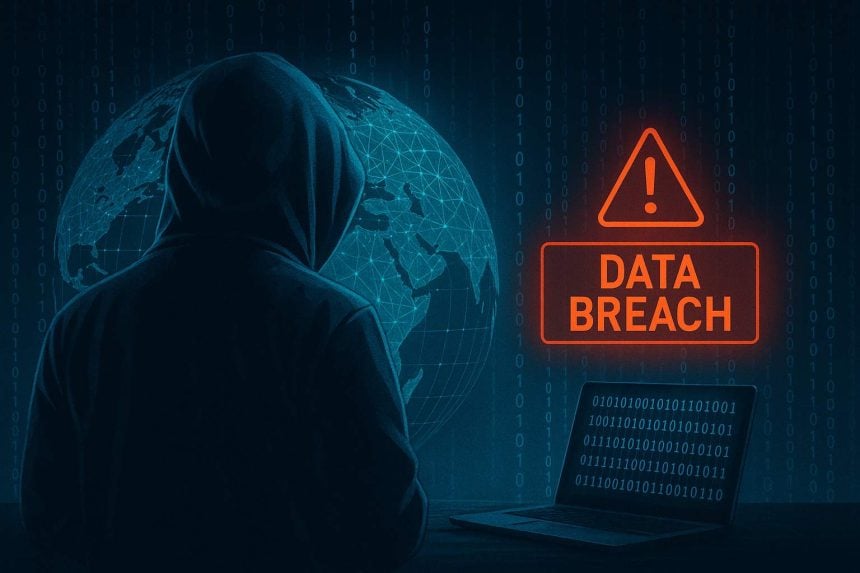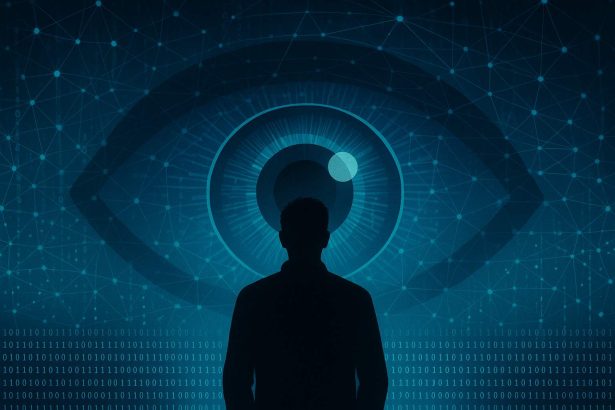The rise of massive data leaks
In the 2010s, the digital world witnessed an explosion in the number and size of data breaches.
Every year, millions — sometimes billions — of records were stolen from companies, governments, and social platforms.
These incidents revealed a harsh truth: the more data we generate, the more attractive it becomes to hackers.
What makes these breaches alarming isn’t just the number of victims, but the type of information stolen — passwords, medical records, financial details, even biometric data.
Yahoo (2013–2014): the record-breaking breach
When Yahoo finally disclosed its breach in 2016, the scale shocked the world: over three billion user accounts were compromised.
The attackers gained access to names, email addresses, dates of birth, and hashed passwords.
It remains the largest data breach in history.
Yahoo’s slow disclosure and weak password protection became a textbook example of poor crisis management.
The company’s reputation never fully recovered, and it was later sold to Verizon at a heavily reduced price.
Equifax (2017): when credit data went public
In 2017, Equifax, one of the largest credit bureaus in the world, suffered a catastrophic breach affecting 147 million people.
Hackers exploited an unpatched vulnerability to access Social Security numbers, credit card data, and financial histories.
The incident exposed the fragility of systems trusted with the most sensitive financial information.
Equifax faced billions in lawsuits and settlements, and it took years to rebuild public trust.
Facebook (2019): scraping the social web
In 2019, data belonging to over 540 million Facebook users was found exposed on unsecured cloud servers.
The leak included account names, phone numbers, and activity logs.
Although the data wasn’t technically “hacked,” its exposure highlighted Facebook’s lack of control over user information shared with third-party partners.
The breach renewed concerns about how social media platforms handle user privacy — a particularly sensitive issue following the Cambridge Analytica revelations just a year earlier.
Marriott International (2018): passports and personal details
Marriott’s breach affected approximately 500 million guests.
The attackers infiltrated the Starwood reservation database, stealing names, addresses, phone numbers, passport numbers, and even encrypted credit card data.
The sophistication of the attack, which persisted undetected for years, suggested state-sponsored espionage.
The breach remains one of the most serious cases involving the hospitality industry.
LinkedIn (2021): scraping at scale
In 2021, data from 700 million LinkedIn users — more than 90% of the platform’s base — appeared for sale on the dark web.
The information was scraped from public profiles using automated bots, technically not a “hack,” but still a privacy violation.
The incident raised questions about whether data that is “public” on social media should be freely harvested for commercial or malicious purposes.
Other notable breaches
- Uber (2016) – 57 million users and drivers affected; the company paid hackers to hide the breach.
- Adobe (2013) – 153 million user accounts exposed, including encrypted passwords and source code.
- Capital One (2019) – personal data of 100 million U.S. customers leaked due to a cloud misconfiguration.
- T-Mobile (2021) – 50 million customers’ personal information, including IMEI numbers, stolen.
Common causes of data breaches
Despite differences in targets and scale, most breaches share similar root causes:
- Weak security practices — unpatched software, outdated systems, and poor password management.
- Human error — accidental leaks, phishing, or improper access control.
- Third-party risks — partners or vendors with insufficient cybersecurity.
- Insider threats — disgruntled employees or careless contractors exposing data.
- Complex infrastructure — cloud systems and APIs that are difficult to monitor and secure.
The cost of a data breach
The average cost of a data breach in 2024 was estimated at over $4.5 million, according to IBM’s annual report.
Beyond fines and lawsuits, companies face long-term reputational damage, customer loss, and a decline in stock value.
For individuals, the damage is more personal: identity theft, scams, and emotional stress from losing control of one’s private information.
How to protect yourself
- Use strong, unique passwords and enable two-factor authentication (2FA) wherever possible.
- Monitor your financial accounts regularly for unusual activity.
- Check if you’ve been affected using services like “Have I Been Pwned?”
- Be cautious with links and attachments — phishing remains one of the top entry points for attackers.
- Update software and systems frequently to patch known vulnerabilities.
What companies must learn
The past decade of breaches has shown that cybersecurity is not just a technical issue — it’s a matter of trust.
Organizations must treat personal data as a liability, not an asset.
Implementing encryption, access control, and employee training should be standard practice, not afterthoughts.
Transparency is also key. When a breach occurs, companies should communicate quickly and clearly.
Delays or cover-ups often cause more harm than the breach itself.
The global response
Governments are tightening regulations, inspired by laws such as the GDPR in Europe and the CCPA in California.
These frameworks require companies to notify users of breaches, conduct audits, and adopt stronger data protection standards.
However, regulation alone isn’t enough. Cybersecurity must become a shared responsibility between governments, corporations, and citizens.
Takeaway: The last decade’s major data breaches proved that no system is invincible.
But they also sparked a new awareness about digital security and privacy.
In a world where data is power, protecting it is no longer optional — it’s essential for trust, democracy, and the future of the Internet itself.
- The rise of massive data leaks
- Yahoo (2013–2014): the record-breaking breach
- Equifax (2017): when credit data went public
- Facebook (2019): scraping the social web
- Marriott International (2018): passports and personal details
- LinkedIn (2021): scraping at scale
- Other notable breaches
- Common causes of data breaches
- The cost of a data breach
- How to protect yourself
- What companies must learn
- The global response







